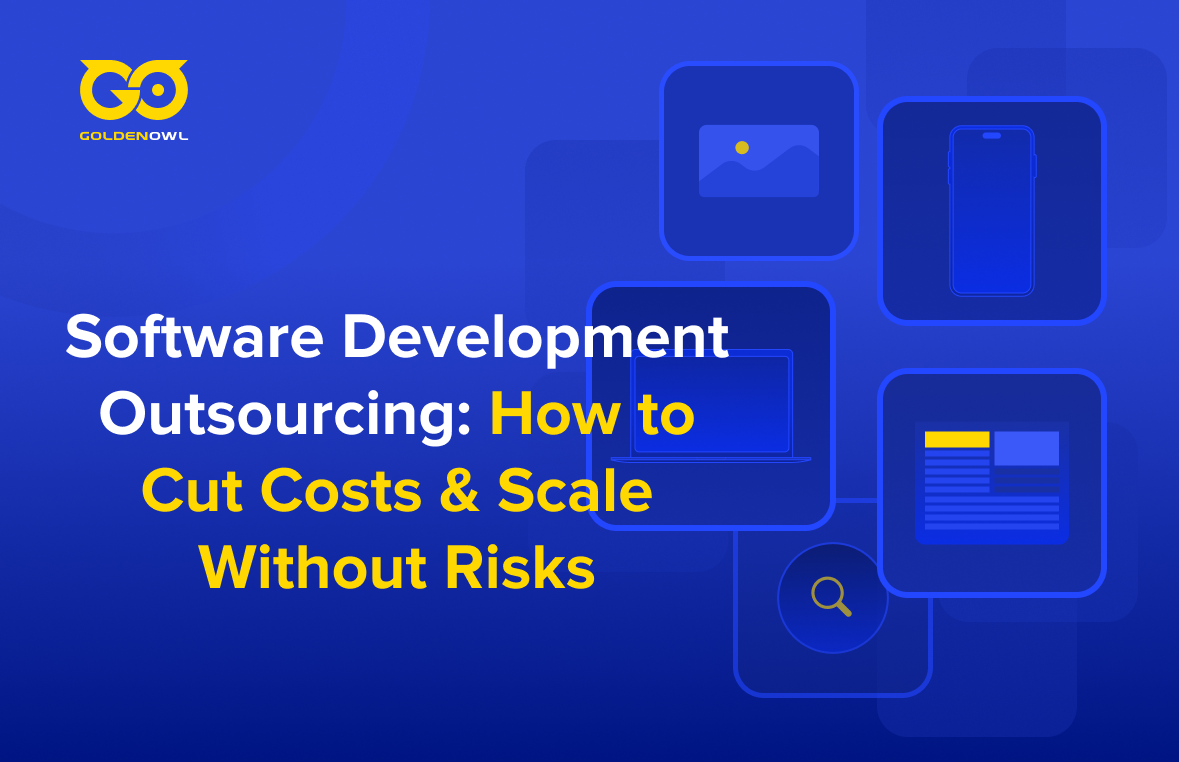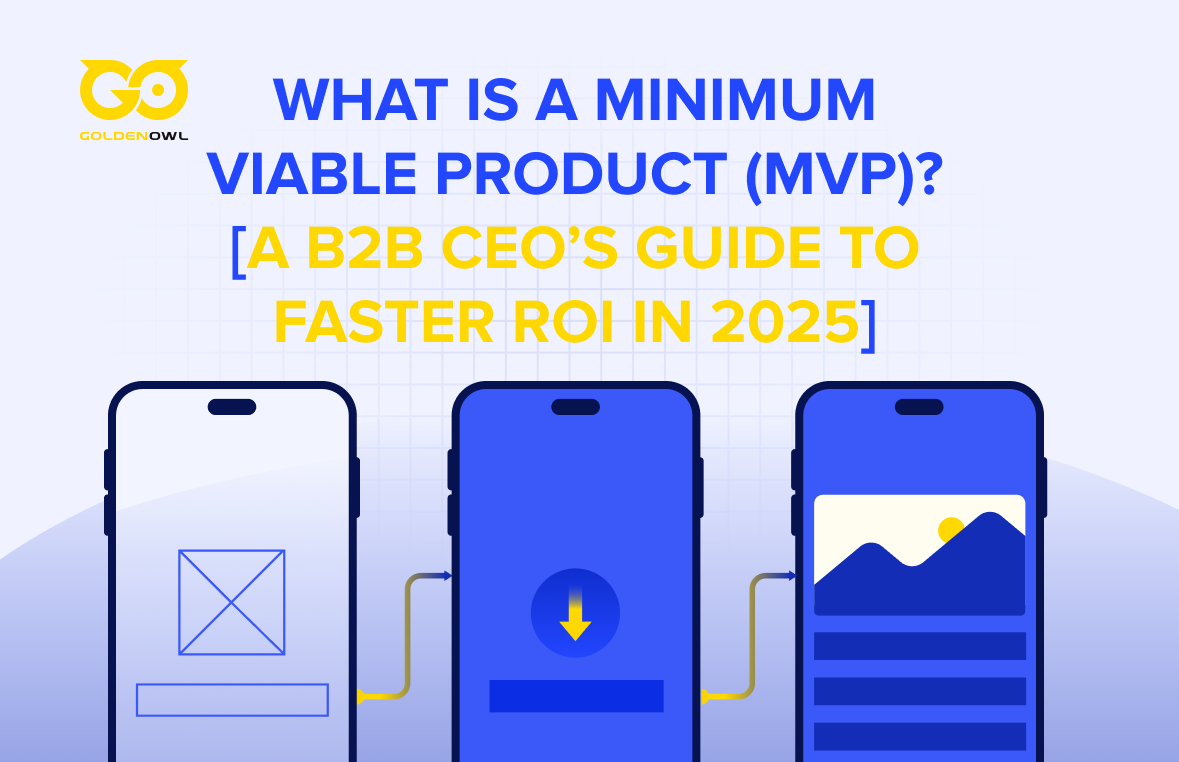Choosing the right software development pricing model is about finding the right balance between flexibility and control. Whether you’re building a new app or scaling an existing platform, the choice between T&M vs Fixed Price can shape your project’s speed and budget. Each model has its own strengths — but which one fits your goals best?
This guide breaks down how time and materials vs fixed price contracts work. You’ll explore their key benefits, challenges, and when to use each model. By the end, you’ll know how to balance cost, flexibility, and risk to make a decision that supports your business vision.
What Are Time and Material Contracts?

Time and materials and fixed price contracts mainly differ in payment terms and flexibility. T&M contracts charge for the actual hours worked and materials used, giving clients room to adjust as project needs evolve.
This model works best for exploratory or long-term projects with an uncertain scope where adaptability is key.
A time and materials contract also ensures transparency since clients pay only for completed work. To prevent cost overruns, strong project management and careful tracking are essential. Regular updates and milestone reviews help keep everything on budget and aligned with goals.
What Makes Time & Material Contracts Unique?
Time and material contracts stand out for their flexibility and adaptability. They let teams adjust quickly to changes, unlike fixed-price models. This approach encourages collaboration and improvement, making it ideal for software development pricing models that require agility.
T&M contracts are especially useful for complex or evolving projects. They let teams make changes without disrupting the contract terms, ensuring smooth progress even when requirements shift.
Clients also benefit from transparency, receiving detailed invoices that reflect the actual work done. However, since there’s no fixed budget, strong management is needed to keep spending under control.
What Are the Benefits of Time & Material Contracts?
One of the biggest advantages of T&M contracts is their adaptability. They allow project scope to evolve naturally, making them ideal when requirements aren’t fully defined from the start. This flexibility keeps progress steady and prevents misaligned expectations.
Another key strength is transparency. Clients receive detailed reports showing hours worked and materials used, which builds trust and clarity. T&M project management also keeps teams engaged, enabling quick adjustments whenever needed.
However, this flexibility comes with responsibility. Without careful cost monitoring, expenses can rise unexpectedly — so consistent tracking and clear communication are essential.
the benefits and challenges of Time & Material contracts
What Challenges Do You Face with Time & Material Contracts?
Despite the flexibility, T&M contracts present challenges such as budget unpredictability. Without a clear cap, costs can escalate if the project scope isn't tightly managed. Clients and vendors must establish strong communication channels and oversight to prevent overages.
Another challenge is scope creep, where ongoing changes can extend timelines and increase costs. To manage this, strong project management and careful scope control are essential. It also demands transparent tracking of hours and resources to maintain trust and accountability.
How Can You Manage Risks and Control Costs?
Effective risk management in a T&M project starts with clear communication and consistent progress reviews. Teams should track hours and resources closely to ensure accountability.
Using project management tools designed for time and materials offers real-time visibility and promotes transparency for everyone involved.
Set clear boundaries early — such as a budget cap or defined milestones — to avoid cost overruns. For critical projects, blending in fixed price contract benefits for certain phases adds extra control. Strong management and regular oversight help maintain flexibility while keeping finances on track.

How Do Time & Material Contracts Work in Real Life?
In practice, time and material contracts work best for complex or evolving projects where requirements are likely to change. They are especially effective for research-driven initiatives that need flexibility and ongoing adjustments.
After initial planning, the vendor tracks hours worked and materials used, providing regular invoices and progress updates. This transparency helps both sides stay aligned and informed throughout development.
Clients benefit from agility and the ability to refine requirements as the project progresses. Vendors, in turn, can allocate resources efficiently and make quick improvements when needed.
This model is ideal for long-term collaborations, agile software development, or innovation-driven projects where responsiveness and adaptability are essential to success.
What Are Fixed Price Contracts?

Fixed price contracts are agreements where the total project cost, scope, and timeline are determined upfront. Once the contract is signed, the vendor commits to delivering the agreed results within that fixed budget, regardless of the actual effort or resources required.
This model is ideal for projects with well-defined goals and stable requirements, where both parties have a clear understanding of the deliverables. Clients appreciate the budget predictability, while vendors benefit from a structured plan and measurable milestones.
What Are the Key Features of Fixed Price Contracts?
The defining feature of a fixed price contract is its clearly established scope. Every deliverable, milestone, and deadline is documented before work begins. This requires detailed upfront planning and a shared understanding of project expectations.
Since the vendor assumes most of the financial risk, this structure encourages efficient project execution and disciplined management. Payments are often tied to milestone completion, ensuring progress tracking and accountability on both sides.
What Are the Advantages of Fixed Price Contracts?
For clients, the main advantage of a fixed price contract is budget certainty. Knowing the total cost upfront makes financial planning easier and minimizes unexpected expenses during development.
This model also simplifies project management since fewer negotiations are needed once work begins. Teams can stay focused on delivering results instead of constantly adjusting scope or pricing.
For vendors, fixed price contracts ensure predictable revenue and clearly defined deliverables. With fewer change requests, teams maintain momentum and often achieve faster, more streamlined execution.
What Are the Common Challenges in Fixed Price Contracts?
The rigidity of this model can be a disadvantage when requirements change or unforeseen issues arise. If the scope was not defined thoroughly, the vendor might face additional costs or compressed timelines to stay within budget.
Another recurring issue is scope creep—when clients request new features after work begins. Managing these requests requires formal change control processes and clear communication. Without it, the project risks delays or disputes that erode the advantages of fixed pricing.
How Do You Handle Risk and Ensure Deadlines?
Successful fixed price projects rely on detailed requirement analysis and risk planning from the start. Clear documentation, realistic milestones, and strong communication frameworks help keep the project on track.
Including clauses that allow for controlled scope adjustments can protect both parties if new requirements emerge. Regular reviews and progress monitoring ensure potential risks are detected early, keeping the project aligned with its schedule and budget.
How Do Fixed Price Contracts Work in Practice?
In practice, fixed price projects demand thorough planning and clear documentation. Once both parties agree on the scope, development progresses to deliver all features on time and within the approved budget.
Any change requests must go through a formal review process, which may lead to contract updates or additional costs. This ensures transparency and keeps both sides aligned.
Clients typically receive regular status updates and acceptance tests at key milestones. This setup encourages accountability and delivers predictable outcomes. However, the success of fixed price contracts hinges on precise scope definition and disciplined project management.
How to Choose the Right Contract Model for Your Project
Choosing between T&M vs Fixed Price — or even a hybrid pricing model software development depends on your project’s specific needs. Each model serves a different purpose and suits different goals.
Your choice should reflect how clearly the scope is defined, how much flexibility you need, and what level of risk you’re willing to take. By understanding these factors, you can use your resources wisely, maintain control, and achieve stronger project outcomes.
When Should You Use Time & Material Contracts?
T&M contracts are most effective when the project scope is unclear or likely to change. They’re ideal for exploratory or innovation-driven projects where requirements may evolve throughout the development process.
This model keeps the process flexible and encourages close collaboration between clients and vendors. It’s a great fit for teams that value adaptability and open communication.
T&M is also great for maintenance or long-term support projects that need regular updates and improvements. While it promotes flexibility and creativity, it also demands strong project management and transparent reporting to avoid overspending.
When Are Fixed Price Contracts the Best Choice?
Fixed price contracts work best for projects with a clearly defined scope, timeline, and deliverables. They’re ideal when you need strict budget control or have limited flexibility, such as developing a standard application or implementing a predefined system.
This model offers predictable costs and structured execution from start to finish, helping teams stay focused on agreed goals.
It’s also a great choice for organizations working with multiple vendors or operating under strict compliance and financial governance. By locking in costs and timelines, it simplifies oversight and keeps everyone accountable for deliverables.
What Is a Hybrid Contract and When Does It Make Sense?
A hybrid pricing model software development combines both T&M and fixed price elements. It’s ideal for complex projects with both predictable and exploratory phases.
For example, discovery and design stages can follow T&M flexibility, while development phases are locked under a fixed budget. This balance allows teams to manage costs while maintaining agility.
Hybrid models are especially useful in software development pricing models where initial phases involve exploration, followed by execution phases with a clear scope. Using a blended approach can optimize control over costs while accommodating necessary change.
What Other Things Should You Consider?
Beyond pricing models, choosing the right contract also depends on the vendor’s expertise, communication processes, and project management tools. Evaluate how well the vendor tracks progress, manages scope changes, and communicates updates.
Project complexity, potential for change, and stakeholder expectations should guide your decision. Regardless of the contract type, regular progress reviews, transparent reporting, and clear milestones are essential for keeping projects aligned with business goals.
Ultimately, the right contract model is not just about pricing—it’s about finding the balance between control, flexibility, and collaboration to deliver lasting value for your organization.
Conclusion
Choosing the right contract model is a strategic decision that can greatly impact your project’s success. Time and material contracts offer flexibility and encourage close collaboration, while fixed price contracts provide stability and budget control.
For complex or long-term projects, a hybrid model often delivers the best balance — combining adaptability with financial certainty to support sustainable growth.
At Golden Owl Solutions, we help businesses choose the most effective engagement model for their goals. Whether you’re developing a new product or expanding an existing platform, our team ensures every project runs with transparency, agility, and a strong focus on long-term value.
























